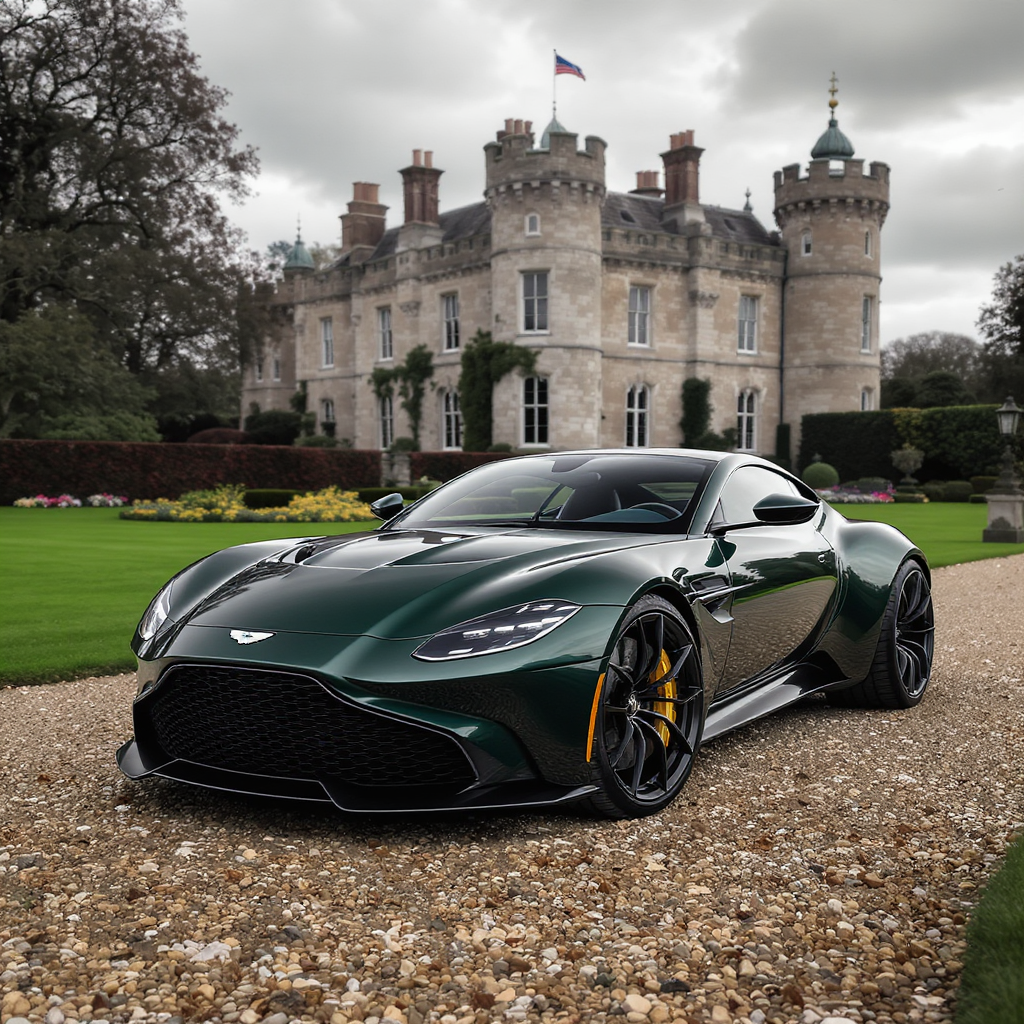
We spent a day with the just-launched 2024 Toyota Land Cruiser, sampling city streets, freeway stints, and a rutted fire road to gather first impressions. The iconic nameplate returns on Toyota’s TNGA-F body-on-frame platform with a modern hybrid twist.
The new Land Cruiser pairs a 2.4-liter turbocharged four-cylinder with Toyota’s i-Force Max hybrid system for a combined 326 hp and 465 lb-ft, routed through an eight-speed automatic. Full-time 4WD with a locking center differential and low range is standard, with an available rear locker and Multi-Terrain Select. U.S. models are two-row, five-passenger only, tow up to 6,000 pounds, and carry an EPA rating of 23 mpg combined.
Pricing spans from the mid-$50Ks to mid-$70Ks depending on trim and options. Our initial drive totaled 118 miles: dense urban traffic, 40 miles of freeway at 70–75 mph, and a 12-mile loop of washboard gravel, shallow water crossings, and mild rock steps. Ambient temps hovered at 68–72°F. Our mid-trim test vehicle rode on 18-inch all-terrain tires and came with the 12.3-inch infotainment system, heated/ventilated front seats, and the available rear locker.
Fuel used was 87 octane. Power delivery is immediate and robust off the line, with the electric motor filling in the turbo’s low-rpm lag. Using a phone-based GPS timer on level pavement, we recorded a 0–60 mph run in 6.8 seconds with two adults and a light load. The eight-speed shifts unobtrusively in normal driving; in Sport mode it holds gears longer and downshifts promptly for passes.
Hybrid handoffs are mostly seamless, with a faint shudder only in creeping stop-and-go. Brake blending between regen and friction is well tuned and easy to modulate. On-road manners are polished for a body-on-frame SUV. The Land Cruiser keeps head toss in check over broken city asphalt, and freeway stability is rock solid despite its boxy profile.
Tire roar is audible on coarse concrete but wind noise is impressively muted. Steering is light at parking speeds and firms up naturally on the highway; there’s a measured on-center feel that encourages relaxed cruising rather than darting lane changes. We averaged 24.1 mpg indicated over the mixed route, edging past the EPA figure. Off pavement, low range engages quickly and throttle mapping becomes delightfully precise.
With the rear locker on, the truck walked up a cross-axle climb that had a rival open-diff SUV spinning tires. Crawl Control is quieter than older Toyota systems and useful on loose descents, though smooth pedal work achieves the same. The front camera and underbody view take the stress out of cresting blind ledges. Suspension travel feels generous enough for mild articulation without harsh topping.
Cabin ergonomics are a highlight: big, glove-friendly knobs for climate, a clear 12.3-inch screen with wireless Apple CarPlay/Android Auto, and excellent forward visibility. The second row accommodates adults comfortably and cargo space is flat and usable. Toyota Safety Sense 3.0 worked unobtrusively, with steady lane centering and predictable adaptive cruise. First impression: this Land Cruiser resets the nameplate with real-world efficiency and genuine trail competence.
For most buyers, the mid trim with the rear locker and all-terrain tires is the sweet spot; serious off-roaders should add skid plates and a full-size spare.








